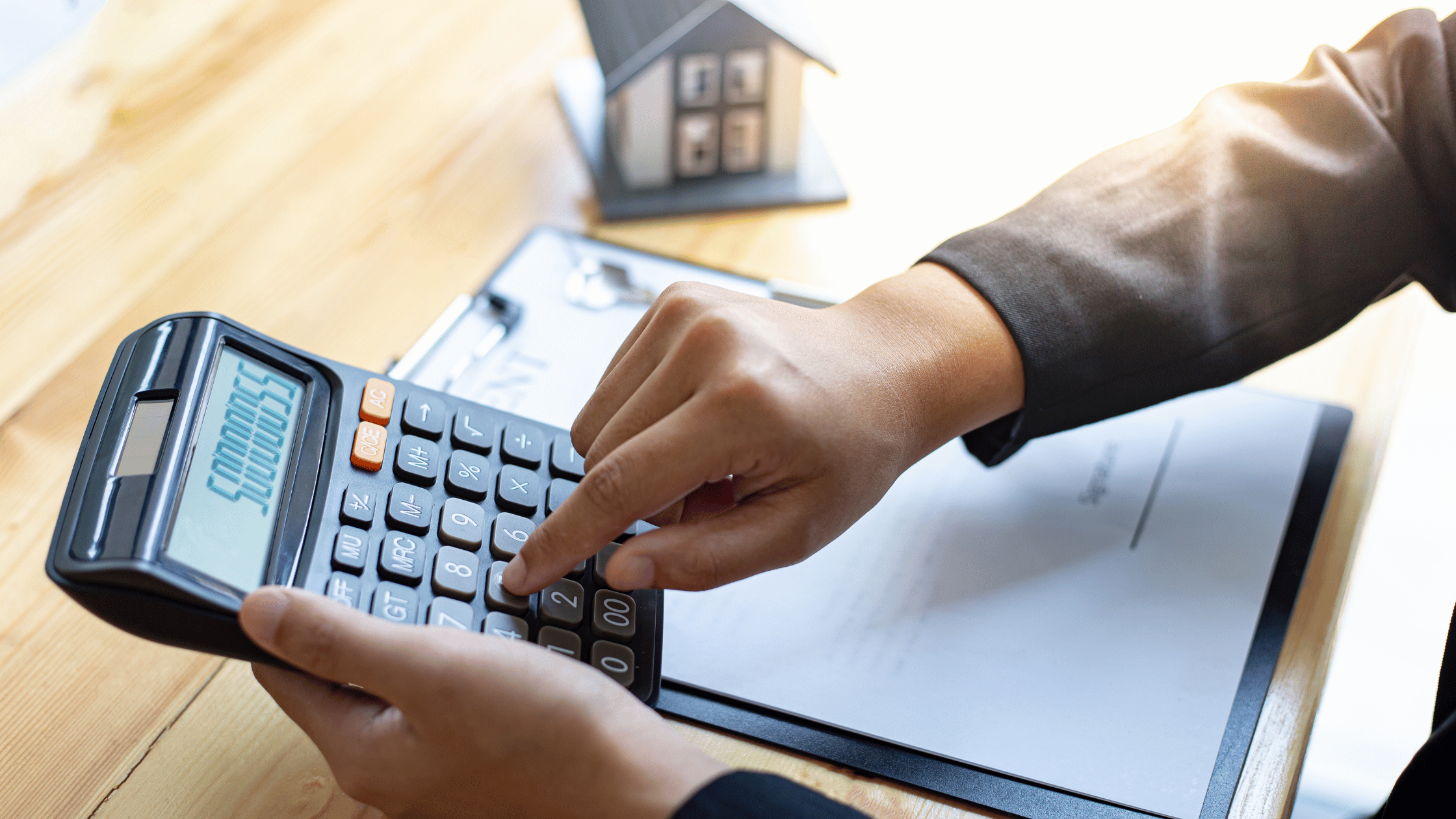Common Area Maintenance (CAM) charges are a vital aspect of commercial leases, contributing to the upkeep and maintenance of shared spaces within a building or complex. CAM charges often cover expenses related to building improvements, property management, utilities, repairs, and other shared amenities. This blog aims to shed light on how various elements, such as building improvements, new landlords, new tenant move-ins, and existing tenant move-outs, can affect CAM charges.
Building Improvements:
Building improvements play a significant role in determining CAM charges. When a landlord invests in upgrading shared areas, such as lobbies, elevators, parking lots, or landscaping, the associated costs are typically included in CAM charges. These expenses are divided among the tenants based on the lease terms, including square footage or pro-rata share. Extensive renovations or major overhauls may result in increased CAM charges, reflecting the enhanced value and functionality of the building’s common areas.
New Landlord or Landlord Change:
A change in ownership or the arrival of a new landlord can impact CAM charges. When a property undergoes a change in ownership, the new landlord may reassess the existing CAM structure. They might review service contracts, renegotiate pricing with vendors, or alter the distribution of costs among tenants. Consequently, tenants might experience adjustments in their CAM charges, either through an increase or a decrease, depending on the new landlord’s management strategy or investment plans for the property.
New Tenant Move-In:
The addition of a new tenant within a commercial building can influence CAM charges in several ways. The addition of a new tenant can potentially lead to a reduction in CAM charges for existing tenants. When a new tenant moves into a commercial building, it introduces the opportunity to redistribute the CAM charges among a larger tenant base. The new tenant’s presence can help alleviate the burden of CAM expenses for existing tenants. By spreading the costs across a greater number of tenants, the individual CAM shares for existing tenants can decrease. As more tenants share the common area expenses, the costs per tenant decrease, resulting in potential savings for the tenants.
The addition of a new tenant to a commercial building has the potential to reduce CAM charges for existing tenants. By expanding the tenant base and spreading the common area expenses, economies of scale come into play, resulting in decreased individual CAM shares.
Existing Tenant Move-Out:
When an existing tenant moves out, it can impact CAM charges for the remaining occupants. With the departure of a tenant, the distribution of common area expenses among the remaining tenants might be adjusted. The departing tenant’s share of CAM charges could be re-apportioned among the remaining tenants, resulting in a potential increase in their individual CAM charges. The rationale behind this is to ensure that the costs of maintaining common areas are still adequately covered even with a reduced tenant base.
CAM charges are influenced by several factors, including building improvements, changes in landlords, new tenant move-ins, and existing tenant move-outs. Understanding these dynamics is crucial for tenants and landlords alike to anticipate and manage their CAM obligations effectively.
CAM Reconciliation and Audit:
CAM charges are typically estimated and billed to tenants on a regular basis. However, it is important to ensure the accuracy and fairness of these charges through CAM reconciliation and audit processes. CAM reconciliation involves comparing the estimated CAM charges with the actual expenses incurred over a specific period. Any discrepancies are then adjusted, and tenants are either refunded or billed for the difference. This process helps maintain transparency and ensures that tenants only pay for their fair share of CAM expenses.
CAM audits, on the other hand, involve a detailed examination of the CAM charges and expenses by an independent third party. Audits can help identify potential errors, overcharges, or inconsistencies in the CAM calculations. For tenants, CAM audits provide an opportunity to verify the accuracy of charges and ensure compliance with the lease agreement. Landlords also benefit from CAM audits as they can help uncover operational inefficiencies, identify cost-saving opportunities, and maintain positive relationships with tenants.
CAM reconciliation and audit processes play a crucial role in fostering trust and accountability between tenants and landlords. These processes help ensure that CAM charges are fair, accurate, and reflect the actual expenses incurred for the maintenance and upkeep of common areas. By promoting transparency and addressing any discrepancies, CAM reconciliation and audit processes contribute to a harmonious tenant-landlord relationship and a well-managed commercial property
Rebolease.com, powered by RE BackOffice, Inc., is a premier provider of lease abstraction, administration, audit and accounting services. Headquartered in Pittsburgh, PA, we are a global boutique firm, providing high-quality services to top-tier clients across industry verticals, covering every type of lease and on any lease platform. We are proud to be a trusted partner, for 17+ years, to leading retailers, REITs, property owners/managers, and corporate accounts seeking a strategic advantage. All client projects are performed in-house.
Learn More about RE BackOffice’s CAM Audit Services:


